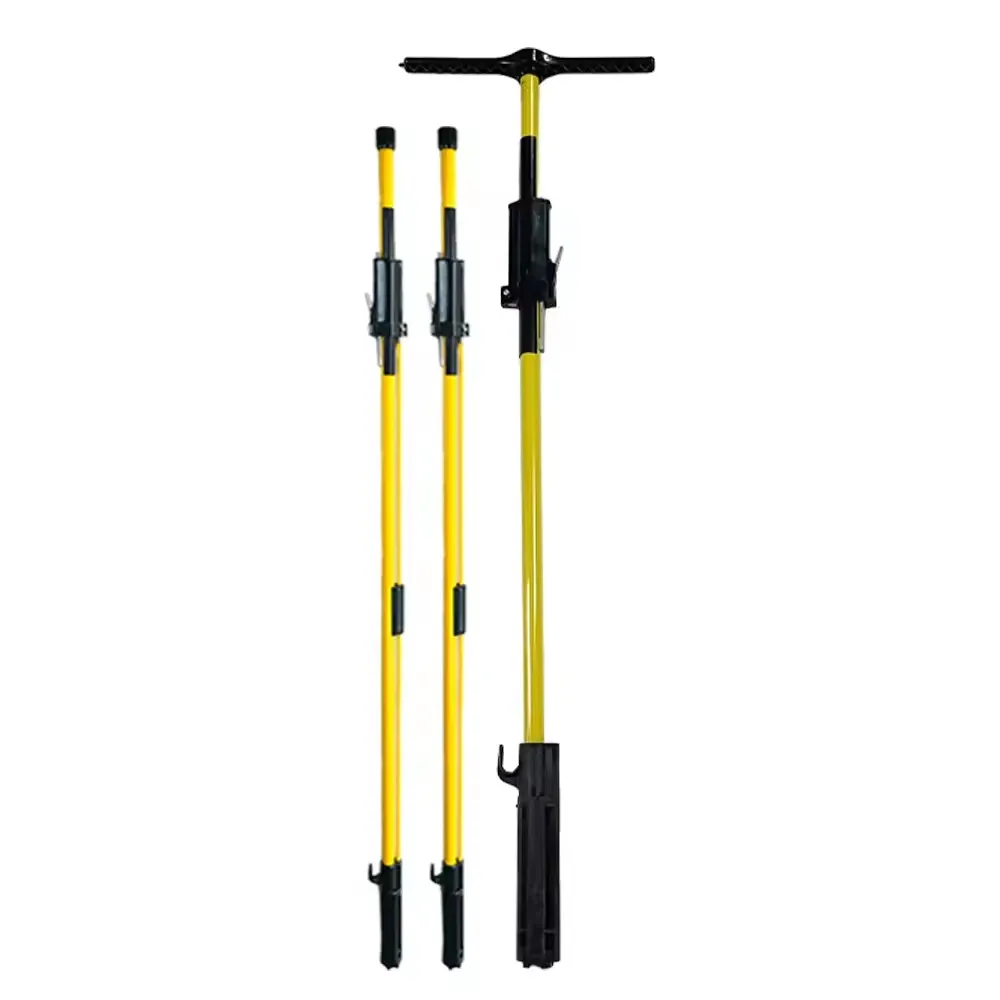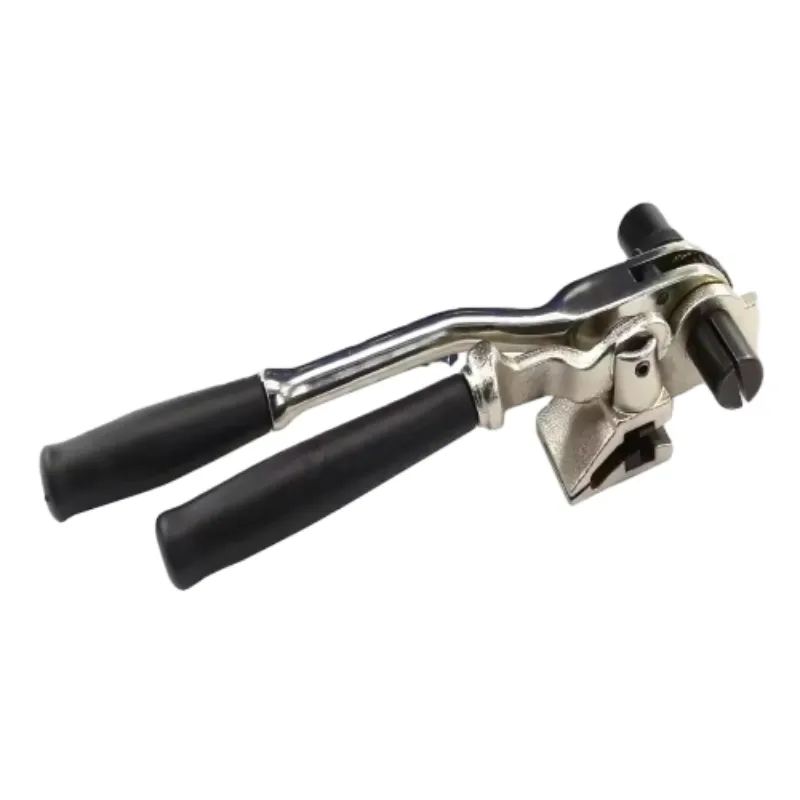
-
 Afrikaans
Afrikaans -
 Albanian
Albanian -
 Amharic
Amharic -
 Arabic
Arabic -
 Armenian
Armenian -
 Azerbaijani
Azerbaijani -
 Basque
Basque -
 Belarusian
Belarusian -
 Bengali
Bengali -
 Bosnian
Bosnian -
 Bulgarian
Bulgarian -
 Catalan
Catalan -
 Cebuano
Cebuano -
 Corsican
Corsican -
 Croatian
Croatian -
 Czech
Czech -
 Danish
Danish -
 Dutch
Dutch -
 English
English -
 Esperanto
Esperanto -
 Estonian
Estonian -
 Finnish
Finnish -
 French
French -
 Frisian
Frisian -
 Galician
Galician -
 Georgian
Georgian -
 German
German -
 Greek
Greek -
 Gujarati
Gujarati -
 Haitian Creole
Haitian Creole -
 hausa
hausa -
 hawaiian
hawaiian -
 Hebrew
Hebrew -
 Hindi
Hindi -
 Miao
Miao -
 Hungarian
Hungarian -
 Icelandic
Icelandic -
 igbo
igbo -
 Indonesian
Indonesian -
 irish
irish -
 Italian
Italian -
 Japanese
Japanese -
 Javanese
Javanese -
 Kannada
Kannada -
 kazakh
kazakh -
 Khmer
Khmer -
 Rwandese
Rwandese -
 Korean
Korean -
 Kurdish
Kurdish -
 Kyrgyz
Kyrgyz -
 Lao
Lao -
 Latin
Latin -
 Latvian
Latvian -
 Lithuanian
Lithuanian -
 Luxembourgish
Luxembourgish -
 Macedonian
Macedonian -
 Malgashi
Malgashi -
 Malay
Malay -
 Malayalam
Malayalam -
 Maltese
Maltese -
 Maori
Maori -
 Marathi
Marathi -
 Mongolian
Mongolian -
 Myanmar
Myanmar -
 Nepali
Nepali -
 Norwegian
Norwegian -
 Norwegian
Norwegian -
 Occitan
Occitan -
 Pashto
Pashto -
 Persian
Persian -
 Polish
Polish -
 Portuguese
Portuguese -
 Punjabi
Punjabi -
 Romanian
Romanian -
 Russian
Russian -
 Samoan
Samoan -
 Scottish Gaelic
Scottish Gaelic -
 Serbian
Serbian -
 Sesotho
Sesotho -
 Shona
Shona -
 Sindhi
Sindhi -
 Sinhala
Sinhala -
 Slovak
Slovak -
 Slovenian
Slovenian -
 Somali
Somali -
 Spanish
Spanish -
 Sundanese
Sundanese -
 Swahili
Swahili -
 Swedish
Swedish -
 Tagalog
Tagalog -
 Tajik
Tajik -
 Tamil
Tamil -
 Tatar
Tatar -
 Telugu
Telugu -
 Thai
Thai -
 Turkish
Turkish -
 Turkmen
Turkmen -
 Ukrainian
Ukrainian -
 Urdu
Urdu -
 Uighur
Uighur -
 Uzbek
Uzbek -
 Vietnamese
Vietnamese -
 Welsh
Welsh -
 Bantu
Bantu -
 Yiddish
Yiddish -
 Yoruba
Yoruba -
 Zulu
Zulu


TEL:
0086-311-88862036
Jan . 23, 2025 05:14 Back to list
Cable Clamp
Catenary clamps, integral to the high-performing infrastructure of railways and power grid systems, offer a seamless blend of reliability and efficiency. These vital components are designed to secure catenary wires safely, ensuring that the high-tension lines remain intact, regardless of environmental conditions. Those engaged in railway maintenance or electrical engineering know that investing in superior-quality catenary clamps can significantly enhance operational stability.
The trust placed in catenary clamps is not merely based on their physical properties but also on the rigorous testing they undergo before deployment. Highly trusted companies use standardized testing practices to simulate real-world conditions, ensuring that each clamp can handle the stresses it will encounter. These tests are proof of the clamps’ reliability and effectiveness, offering confidence to engineers and stakeholders alike. From a product perspective, what sets superior catenary clamps apart is not only their fabrication and testing but also the support and documentation provided by reputable manufacturers. Technical manuals, installation guides, and dedicated customer support help bridge the gap between complicated technical specifications and user understanding. This level of support not only demonstrates the manufacturer’s expertise but also enhances the user’s experience and trust. The advancements in catenary clamp technology represent a blend of engineering ingenuity and practical design, all underpinned by rigorous scientific principles. As sectors like railroads and power grids continue to evolve, the need for dependable, expertly-crafted clamps grows ever more prominent. For asset managers, logistics coordinators, and maintenance engineers, partnering with authoritative brands in the clamp market becomes a strategic decision, ensuring safety, efficiency, and cost-effectiveness in their daily operations. In the competitive landscape of infrastructure components, emphasizing expertise and maintaining consumer trust can propel a product to prominence. For anyone deeply immersed in electrical and railway industries, choosing catenary clamps is not just about fulfilling a functional requirement but about investing in reliability, safety, and peace of mind.


The trust placed in catenary clamps is not merely based on their physical properties but also on the rigorous testing they undergo before deployment. Highly trusted companies use standardized testing practices to simulate real-world conditions, ensuring that each clamp can handle the stresses it will encounter. These tests are proof of the clamps’ reliability and effectiveness, offering confidence to engineers and stakeholders alike. From a product perspective, what sets superior catenary clamps apart is not only their fabrication and testing but also the support and documentation provided by reputable manufacturers. Technical manuals, installation guides, and dedicated customer support help bridge the gap between complicated technical specifications and user understanding. This level of support not only demonstrates the manufacturer’s expertise but also enhances the user’s experience and trust. The advancements in catenary clamp technology represent a blend of engineering ingenuity and practical design, all underpinned by rigorous scientific principles. As sectors like railroads and power grids continue to evolve, the need for dependable, expertly-crafted clamps grows ever more prominent. For asset managers, logistics coordinators, and maintenance engineers, partnering with authoritative brands in the clamp market becomes a strategic decision, ensuring safety, efficiency, and cost-effectiveness in their daily operations. In the competitive landscape of infrastructure components, emphasizing expertise and maintaining consumer trust can propel a product to prominence. For anyone deeply immersed in electrical and railway industries, choosing catenary clamps is not just about fulfilling a functional requirement but about investing in reliability, safety, and peace of mind.
Next:
Latest news
What Are Construction Tools and How Are They Used?
NewsJul.11,2025
Professional-Grade Duct Rodding Tools for Superior Cable Installation
NewsJul.11,2025
Enhancing Safety and Efficiency with Modern Hot Stick Solutions
NewsJul.11,2025
Empowering Cable Installation with Advanced Rodder Solutions
NewsJul.11,2025
Elevate Your Cable Installation Projects with Cable Pulling Tools
NewsJul.11,2025
Efficient Cable Handling Solutions: Cable Rollers for Sale
NewsJul.11,2025
Copyright © 2025 Shijiazhuang Bilo Import and Export Trading Co., Ltd. All Rights Reserved. Sitemap | Privacy Policy

BlLo lmport & Éxport is specialized in power and cable equipment andconsiruction tools,Qur main producis are FRP
duct rodder, cable rollerscable pulling winch, cable drum jack, cable pulling sock, etc.
Copyright © 2025 Shijiazhuang Bilo Import and Export Trading Co., Ltd. All Rights Reserved. Sitemap | Privacy Policy










